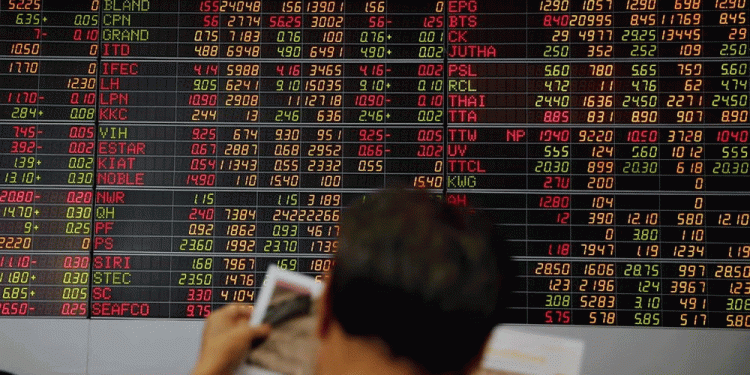Tight supply and firm demand have kept Asian isomer-grade mixed xylenes prices relatively steady in September despite downstream weakness.
Downstream paraxylene has fallen $21/mt since September 1, with the CFR Taiwan/China marker closing out the month assessed at $781/mt Wednesday.
The FOB Korea isomer-MX marker was comparatively stable over the same period, dipping $9/mt to $652/mt Wednesday. Demand from China and Taiwan for October-loading isomer-MX cargoes has been healthy, according to sources in the market, with at least 39,000 mt or 13 cargoes sold from South Korea to China.
That would be more than four times South Korea’s August exports of 8,569 mt, which were down 62.5% from July, according to South Korean Customs Service data.
Reflecting increased demand from these regions, the spread between the CFR Taiwan and FOB Korea isomer-MX markers has widened by $4/mt from September 1 to $25/mt Wednesday.
A seller attributed the higher demand to Taiwan’s recent supply disruption.
A force majeure declared by Taiwanese producer CPC Corp. tightened supply for October and November, after a company source confirmed the producer would not be offering any isomer-MX sell tenders until November.
CPC shut its No. 6 BTX unit after a road collapse damaged pipelines that carry chemicals produced at its Linyuan facility in southern Taiwan to the terminals and downstream plants.
Buyers of CPC’s isomer-MX are based in China, Taiwan and South Korea, a market source said.
Adding to the tight supply situation for October and November, South Korean producer GS Caltex is due to shut its No. 3 xylenes column at Yeosu for two weeks of standard maintenance from October 15, a source close to the company said.
Demand from Taiwanese PX producer Formosa Chemicals and Fibre Corp. is likely to rise. A minor explosion at the No. 3 aromatics plant in Mailiao on September 22 forced it to shut its naphtha reformer, which makes isomer-MX feedstock.
PX production remains unaffected, but the plant will have to buy isomer-MX on the spot market when feedstocks run low. The No. 3 plant can make 900,000 mt/year of PX.




























